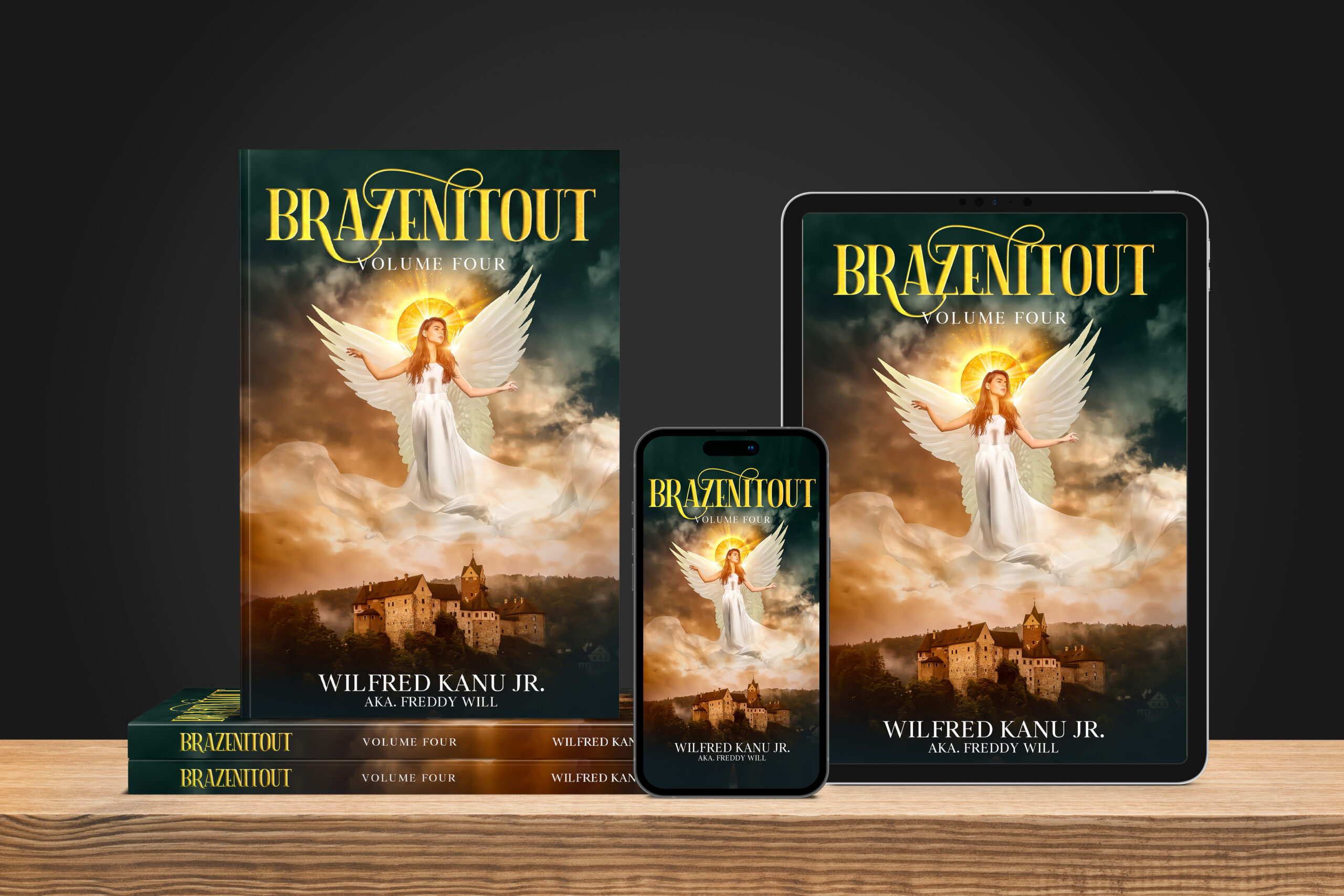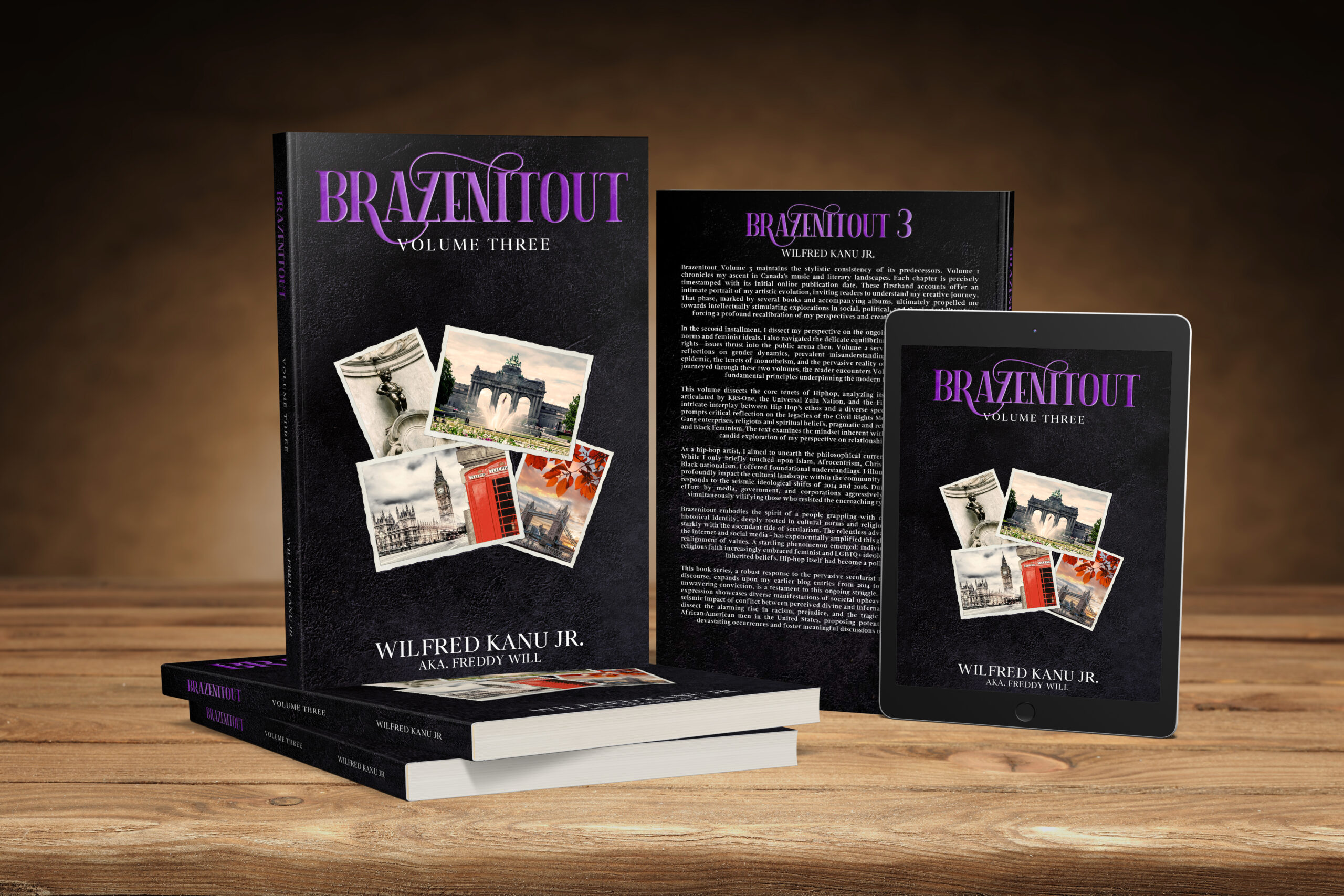For over two decades, readily available online pornography has been a ubiquitous feature of our globalized society. This period coincides with the transformative advent of mobile technology, constantly placing the internet (and its vast reservoir of explicit content) at our fingertips. Simultaneously, heterosexual men’s biological programming compels most of us to experience sexual arousal upon encountering attractive women, regardless of morality. Despite our largely monogamous cultures, the vestiges of polygamy remain ingrained in our primal instincts. So, pornography’s addictive nature fuels compulsive masturbation, each act replicating the fantasy of a new sexual conquest, continuously feeding the desire.
Pornography fuels infidelity as a contributor to relationship breakdown or marital collapse. Its consumption stems from a web of underlying issues. These include seeking a release through orgasm, compulsive sexual behavior, moral duplicity, and the legacy of programs like MK-Ultra, with its disturbing links to mass shootings. It stems from the suppression of healthy sexual expression. Addressing this problem requires a far-reaching approach that goes beyond mere financial aid, with initiatives that challenge harmful narratives in hip-hop culture, combat intra-community violence, and disrupt the sex trafficking industry. The hypersexualization of contemporary culture underscores modern pornography’s allure.
Additionally, the belief that pornography addiction is solely a heterosexual male issue is overly simplistic. It affects both men and women. There has been a noticeable increase in female pornography consumption. I fully recognize the intensity of sexual desire, which both sexes experience. Indeed, I’ve seen many instances where committed couples, regardless of their sexual orientation, find enjoyment in communal masturbation. Although my partner and I have not ventured into this territory, I can imagine the potential for intimacy and shared excitement. Please note that I’m focusing on heterosexual pornography to avoid complications with my language. Yes, I could learn, but that will take me some time.
I’m not well-versed in terms like “cisgender” or the distinctions between “transgender” and “transsexual.” Nor can I adequately describe how they might engage with pornography. I’m confident that many people are aroused watching a ladyboy engage in sexual activities with another LGBTQIA+ individual. However, it’s alarming that many children are exposed to pornography, with some falling into its addictive snare. That creates a troubling contradiction: society often portrays children as vulnerable and innocent, expecting them to uphold virtue. Yet, this idealized image conceals the reality that many women and children are secretly battling compulsive masturbation or a reliance on pornography.
While men statistically consume more pornography, it’s a misconception to dismiss its appeal to women (or other genders). For some, it fuels hidden desires, leading to a concealed struggle. The resulting internal conflict can manifest as depression, stemming from the shame associated with this secret indulgence. Others grapple with feeling unjustly stifled or denied the right to explore their sexuality without stigma or prejudice. Ultimately, it presents a paradoxical duality for women. It’s a force capable of both empowerment and destruction. Despite the behavior often accompanied by exploitative interactions, it remains a double-edged sword. It offers gratification but at a cost, making its allure a poisoned chalice.
Campaigners against pornography condemn it as a violation of women’s dignity. They argue that the sexual acts constitute a form of brutalization, inflicting both physical and emotional trauma. Furthermore, It posits a systematic indoctrination that desensitizes consumers to the violence against women, normalizing acts they would otherwise rightly condemn as cruelty. This desensitization, fueled by a multi-billion dollar industry’s pursuit of ever more extreme content to maintain its allure, leads them to characterize pornography as an addictive substance, an intoxicant. Some men who consume pornography turn to dating apps to find sex partners to try out the acts they viewed on the pornography website.
There is even a fight against prostitution. However, a debate within men’s rights groups states the pay disparity between females and males in the sex industry. MGTOW alleges a conspiracy designed to curtail men’s autonomy. They posit that all consensual sexual preferences are mutually fulfilling, ignoring the exploitation and addiction in the sex and pornography industry. This consumption by both genders obscures pornography’s addictive nature and its exploitation of men. The nostalgic reverence once afforded publications like Playboy and Maxim (a reverence that relegated anything but the Sports Illustrated swimsuit issue to second-class status) serves as a reminder of how ingrained these perspectives have become.
My teenage memories paint a picture of disreputable older men, predominantly in their fifties and sixties, furtively acquiring explicit materials. Many refer to them as perverts and sexual creeps. They navigated seedy adult video stores, their VHS rentals containing a carefully guarded secret. Many possessed hidden collections of “dirty” magazines and DVDs. That is the length some men go to indulge their desires. Even online access, in those days, demanded a credit card transaction. The male pursuit of sexual gratification (the extraordinary lengths men will go to experience it) has always fascinated me. The ease of access to sex today is different. A boy now witnesses a lifetime’s worth of explicit imagery in hours.
The internet, for most men, consists of a barrage of invitations to dubious dating platforms and readily available pornography. But what are the repercussions for heterosexual women, bearing the weight of this societal burden when they comprise half of the affected population? The availability of pornography raises questions about its impact on genuine intimacy. Does the constant exposure to readily available sexual content numb our capacity for authentic romantic connection? Does this desensitization ultimately compromise our ability to harvest fulfilling partnerships (a boyfriend, fiance, or husband)? While I wouldn’t entirely prohibit it, I strongly caution against excessive pornography consumption.
Its allure is a superficial substitute for physical intimacy. As a traditional heterosexual Black man, a member of what feels like a vanishing generation, I believe sex is a sacred act, a personal and meaningful experience. I want to make love with someone I care about. Pornography, though capable of arousal and pleasure, ultimately leaves a void. The simulated intimacy depicted on screen cannot replicate the connection in the shared presence of a woman. Authentic connection, the kind fueled by genuine magnetism, remains elusive. Pornography, a gratification of base desires, falls tragically short. Men, by nature, are pursuers. The ultimate satisfaction lies not solely in the consummation of lust but in the chase itself.
I envision a woman whose allure ignites my passion, wooing her and then claiming the exquisite moment of intimacy earned through diligent courtship. This journey includes romantic overtures, sensual exploration, and stimulating experiences shared during the relationship. The intensity should be such that she yearns for more, ultimately yielding to a partnership of mutual desire. Pornography offers none of this, rendering it an ultimately unsatisfying substitute. Indeed, an authentic experience with a pornographic actress would likely prove infinitely more appealing than the self-gratification offered by its simulated substitute. The act of consuming pornography only necessitates observing a stranger’s intimacy.
The lack of genuine connection (no dialogue, flirtation, or reciprocal desire) is isolating. You are watching someone else have fun. This alienation intensifies for a Black man, further compounded by the frequent portrayal of white men as the preferred sexual partners of the female performers. The occasional presence of a Black male performer offers meager solace, often depicted as a brutish, overbearing figure, transforming the experience from titillation to a disturbing spectacle of dominance and subjugation. From a traditional perspective, the imagery is unsatisfying. The erotic charge is dissipated by the jarring presence of a third party, rendering the solitary act of masturbation (to the on-screen performance) empty.
My frustration stems from the self-gratification. You’re spending your energy in a void, a solitary performance rather than a shared experience. The regrettable consequence is the depletion of your vitality, a squandering of resources on a substitute for genuine intimacy. When an actual, fulfilling partner arrives, you will be drained, your passion diminished by the energy spent in fruitless, self-induced climaxes. Instead of fueling your desire for a physical partner, pornography has become a drain, leaving many emotionally and physically depleted. The cost is the physical toll, the empathetic fatigue, and the emotional emptiness, which far outweigh any gratification, particularly given the absence of genuine human connection.
Furthermore, habitual indulgence leads to a troubling desensitization, a dulling of the senses that further undermines the possibility of future intimacy. The damage is profound. The consumption of countless sexual images dulls the senses. It diminishes the allure of genuine intimacy. This desensitization breeds a frustrating apathy towards one’s partner—someone deserving of your passion and desire. Wouldn’t a more rewarding approach involve harvesting anticipation, allowing the flame of desire to burn brightly, and ensuring complete satisfaction with the beloved? This explains my perspective on pornography as a virtual substitute for proper connection. I’m not concerned with superficial interpretations of sexism.
The issue with pornography isn’t the fantasy but the inability to control the compulsive urge to self-gratification fueled by those images. It’s an addiction that corrodes the capacity for authentic desire and intimacy. While a glimpse of extraordinary sexual activity might pique one’s interest, the line between observation and obsession is dangerously thin. This descent into addiction carries consequences of physical and mental health deteriorates. Women become objectified and exploited, and societal well-being suffers a catastrophic decline. Are there underlying racial disparities in this destructive pattern? Does this habit negatively impact sexual performance and fertility, diminishing a man’s virility?





